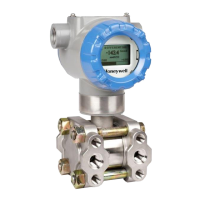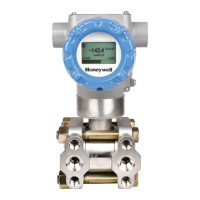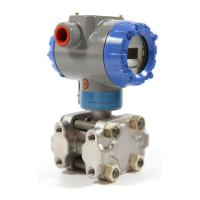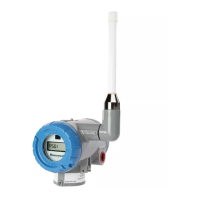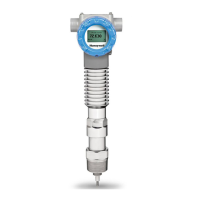B.2 International Electrotechnical Commission (IEC)
Classification of Hazardous Locations
About IEC
The IEC has established a number of recommendations applying to the
construction of explosion protected electrical apparatus identified.
These recommendations are found within IEC 79-0 through
79-15 and 79-28.
For all EC countries as well as various neighboring countries
(CENELEC member states), the European Standards EN 50 014 to EN
50 020 and EN 50 039 apply for the construction of explosion protected
electrical apparatus. They were established on the basis of the IEC.
However these recommendations are much more detailed by
comparsion.
Zones
Hazardous locations, within IEC7-10, are classified into one of these
three zones.
ZONE Description of Hazardous Location
0 Explosive gas atmosphere is present continuously, or is
present for long periods.
1 Explosive gas atmosphere is likely to occur in normal operation.
2 Explosive gas atmosphere is not likely to occur in normal
operation and, if it does occur, it will exist for a short period
only.
IEC Groups
Flammable gases, vapors and mists are further classified into groups
according to the energy required to ignite the most easily-ignitable
mixture within air. Apparatus is grouped according to the atmospheres
it may be used within as follows:
Group Description of Atmosphere
IIC
Atmospheres containing acetylene, hydrogen, fuel and
combustible process gases or vapors of equivalent hazard.
IIB
Atmospheres such as ethyl ether, ethylene, or gasses or
vapors of equivalent hazard.
IIA
Atmospheres such as acetone, benzene, butane,
cyclopropane, ethanol, gasoline, hexane, methanol, methane,
natural gas, naphtha, propane or gases or vapors of
equivalent hazard.
Continued on next page
2/05 ST 3000 Release 300 Installation Guide
89
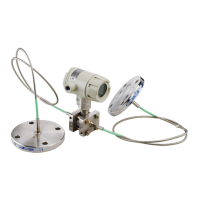
